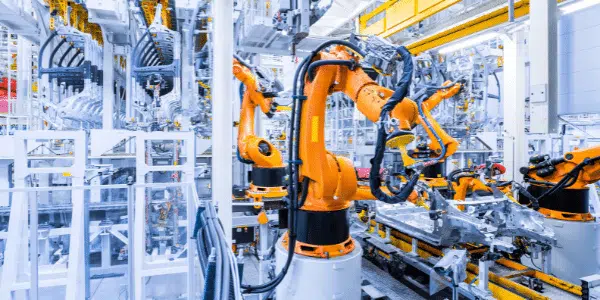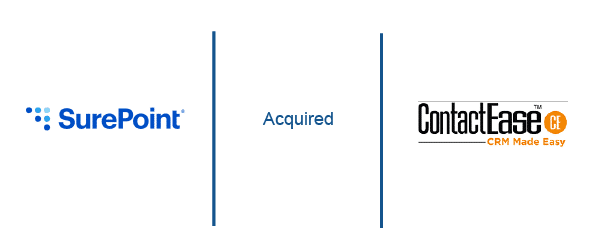Continued tailwinds as shift to digital/omni-channel solutions and lower cost delivery, while contending with labor market dynamics, remains top of mind.
By CAS April, 2022
In Q1 2022, the customer relationship management (CRM) vertical experienced a pull-back in M&A volumes, down from the historic trends in FY 2021 in both deal volume and count per CAS. The CRM vertical is continuing its maturity into non-voice solutions, driving a strong push across a variety of industries in the same way. Soon, the days of speaking to an agent regarding an issue will be the exception. Live chat (leveraging intelligence and automation) will be part-CPU, part-human enabled (with humans dealing with the incredibly nuanced issues). This inevitable change is leading to a wealth of investor appetite into anything “omni-channel”. The idea and intention of every company are to have multiple avenues to correspond with past, active, and future customers.
There is a continued shift from labor-intensive businesses to drive costs down. One way this can be done is by moving to lower cost of labor delivery centers. We have seen a continued push and exploration in the use of near-shore (i.e., CALA Region) and off-shore (India, Philippines, South Africa) resources to augment labor. A trend that CAS is watching closely is a change in wage rates across different near-shore/off-shore resources. Certain geographies bring unique characteristics and being aware of said characteristics when partnering or acquiring.
Not specific to just CRM voice-based businesses, but likely all outsourced business services, most companies are experiencing a labor shortage. Agent attrition rates are at an all-time high for most companies, although this trend is likely soon to buck. Companies are forced to augment their labor supply with efficient and useful technology to continue providing contracted levels of service. CAS views efficient technology spending as one of the key existential threats to service-based businesses, especially voice-focused CRM companies.
Given the challenging labor dynamics, companies are faced with, many companies in a variety of sectors are turning to robotic process automation (RPA) to handle repetitive or arduous tasks that were once handled by low-cost labor. While there will always be a need for human intervention, whether due to legislation or efficiency, the benefits of turning processes from labor to software via robotic process automation are undeniable. Case studies in RPA always point to massive efficiency gains and expense reductions, but the improved work experience for the employee is rarely described. Oftentimes, menial and repetitive tasks lead to dissatisfaction for employees. Teleperformance (Euronext: TEP) introduced an RPA project using software from UIPath (NYSE: PATH) to provision and de-provision staff, a job that was originally handled by internal resources. In an industry with high turnover, the task of onboarding and de-provisioning is important, but also repetitive. The RPA project was a success in that both costs and mistakes were reduced. Another interesting idea referenced in the article linked above is crowdsourcing new ideas for technology from employees. As younger generations enter the workforce in the outsourced world, companies would be wise to source ideas from employees with important technology skills gained from their daily life. Companies that are putting forth processes and procedures to source and incentivize ideas from their employee base will likely see increased returns and more efficient technology spending. The low-hanging fruit ripe for innovation could be picked right by those it would impact the most, your employees.



